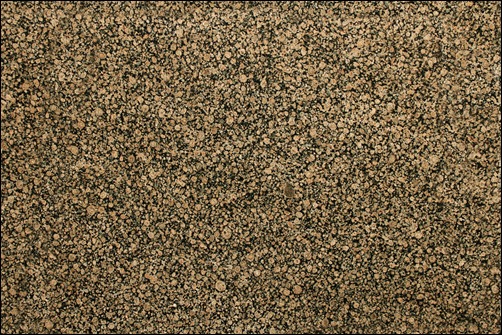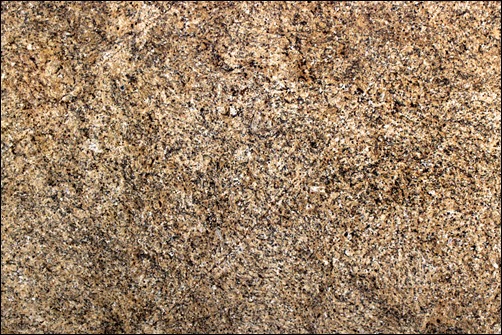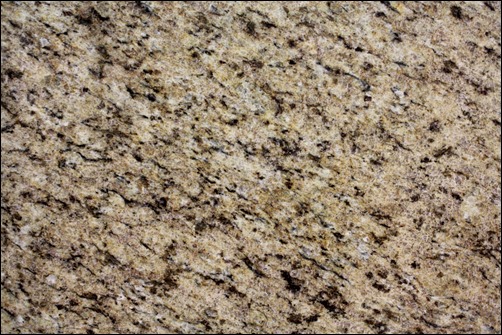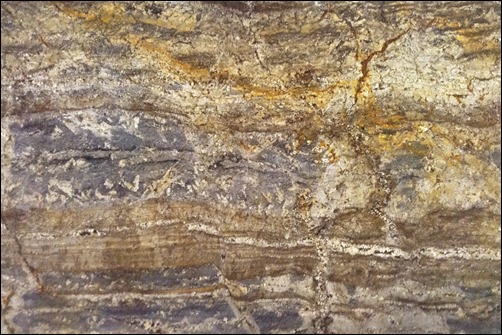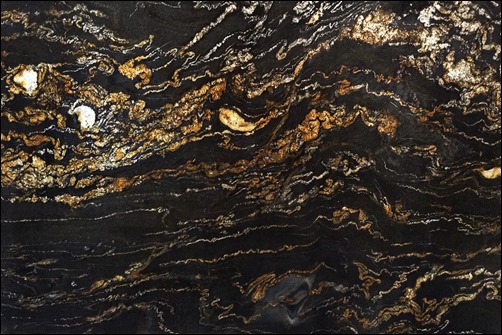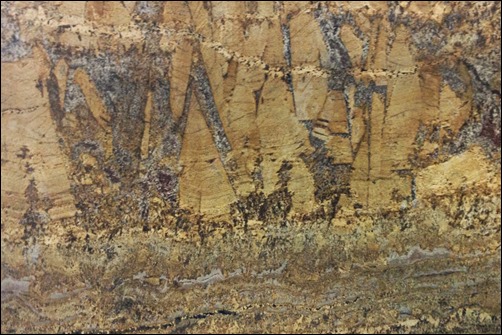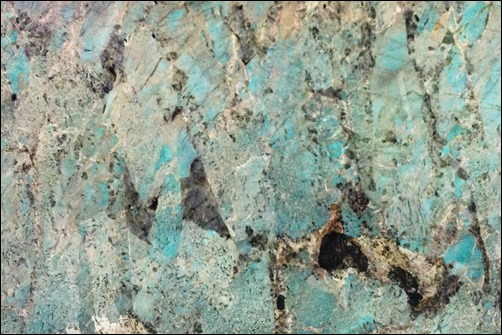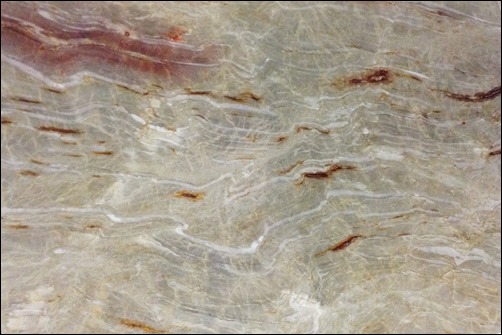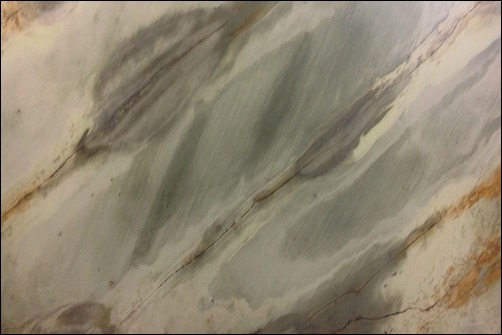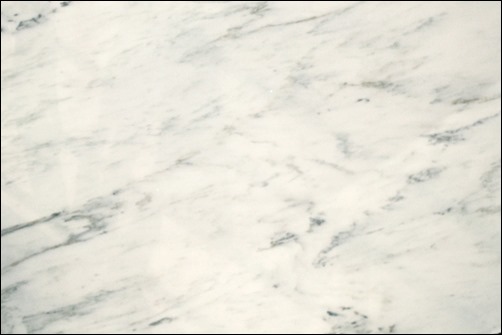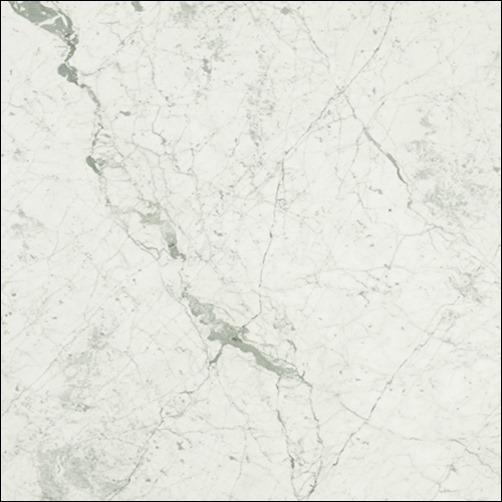When it comes to kitchen and bathroom remodels – not surprisingly – one of the most stressful choices for clients is the countertops. I’ve been working on a number of kitchens and bathrooms in the last few months and some common questions are, “What’s the difference between granite and quartzite?”; “Which one is more expensive?”; “What happens if I put marble in the kitchen?” Will it hold up?
So let me break each question down step by step and see if I can answer some of them for those of you who are seeking a little direction.
First of all there are varying levels of granite (as most of you probably know). Level 1 is generally designated the most common, lower priced granite with each level going up in price. A lot of commercial sites such as restaurants, company bathrooms, doctor’s offices, etc. will have lower level granites, level 1 or 2, for their countertops, because of the friendlier price. Below are some of these options:
Baltic Brown
New Venetian Gold
Black Pearl
Giallo Ornamental
Each granite yard classifies the level as they see fit and according to how they price them out. So what you might see marked level 1 at one granite yard might actually be considered a level 2 at another and vice versa. They are all fairly competitive in their pricing, but there is some variance that can occur.
The level 1 and level 2 granites will be the most cost effective for you, but they may or may not have the look you would like to see in your home. These slabs are the ones you’d be inclined to see at a big box office retail store like Home Depot, Lowes or Floor and Décor marked at fairly low prices. This is because these are readily available, easy to quarry and easily acquired.
If you just can’t seem to find anything in the lower levels then you may have to move up the food chain a bit until you find something you like. (And, of course, if you’re like most people you will tend to gravitate to the most expensive granite you see! Somehow that’s just the way it is.)
Level 3 – up to exotics are pricier, but the beauty they possess can be breathtaking. (Not that the lower levels aren’t, because many of them are as well. And, beauty is in the eye of the beholder.) And, much of the reason for the additional cost isn’t just what they look like but, where they come from, how difficult they are to quarry and what’s involved in importing them, etc. But, as you would expect, many of these tend to have the most unusual, unique movement and intricate colors. And, of course, that’s what many people are looking for in granite – something spectacular, something breathtaking that will wow their guests and make a statement in their home.
AJ Brown
There are numerous slabs to choose from if you are willing to go up in price and the sky is the limit with regard to color and interest.
An epoxy resin is used, evenly applied to the surface filling in all the natural fissures and cracks that may exist. It doesn’t affect the beauty or durability of the stone, just acts a filler for a smooth, consistent surface.
Black Fusion
Granite has been used for everything from pyramids to temples for thousands of years as well as all forms of architecture. It’s durable, dense and can withstand heat and cold which makes it ideal for indoor as well as outdoor use. It consists for the most part of quartz and feldspar with minor amounts of mica which are all basically just different types of rock minerals.
Bellini
Bellini is a granite that comes from Brazil. It is rich in beauty and is considered an exotic. This particular granite has lots of variation in the color and movement between each slab so this would definitely be a slab you would want to have the granite yard pull so you can view and approve of.
That’s actually a good rule of thumb for any slab you purchase whether it is level 1, 2 or higher. So don’t be shy about asking the granite yard to pull them and lay them out so you can clearly see the pattern, color and movement throughout as well as anything you might deem as an imperfection or flaw. You don’t want to make this kind of investment in a slab only to find some weird variation in pattern or color right in the middle of the countertop that you don’t want to see.
****************************
Okay, so if granite is so wonderful what’s the deal with quartzite? First of all….what is it?
If you were to look up the definition here is what you’d find: “an extremely compact, hard, granular rock consisting essentially of quartz. It often occurs as silicified sandstone, as in sarsen stones.”
A bit of “gobble-dy goop” that probably means nothing to you, right? But, here’s the gist of it stripped down to laymen’s terms: quartzite consists of larger volumes of quartz than granite making it even harder, more durable, more heat resistant even than granite.
Amozonite
Quartzite is formed from sandstone and quartz, where empty grains of sandstone are stuffed with quartz which adds to it’s extreme durability.
Brazilian Dream
To give you a comparison – where granite rates a 6 to 6.5, quartzite rates a 7 on the Mohs scale of hardness.
Wasabi
And, with that extra bit of “oomph” is an extra bit of cost. But, it’s gorgeous and if you want the best of the best you might want to take a look at quartzite.
*************************************
But, then some of you much prefer the look of marble and would love to have it in your kitchen as well as your bathroom. However, as my niece, the geologist, could tell you, marble is a different kind of natural stone than granite or quartzite. According to the dictionary it is “a hard crystalline metamorphic form of limestone, typically white with mottlings or streaks of color, that is capable of taking a polish and is used in sculpture and architecture.”
So the question is – can marble be used in the kitchen?
The answer to that is yes, but with a two-fold “addendum”. One – you need to consider the type of marble that you would put in the kitchen, because not all marble is a good fit. It’s much more porous than granite or quartzite and will tend to absorb stains, scratch easier and in general, just not hold up as well as it’s harder, more durable counterparts listed above. However, there are some marbles that can be used and are used rather frequently in the kitchen. Which leads to number two: Be sure you are ready for the extra TLC and maintenance that are required to keep it looking as beautiful as the day it was installed. (Extra maintenance that isn’t necessary with granite or quartzite.)
Calacutta Danby
Many people love the clean, fluid, simplicity of marble and find that is absolutely worth it to have the look they really want.
Bianco Carrara
The Calacutta (some spell it Calcutta) and the Carrara (some spell it Carrera) marbles seem to be the two most popular varieties used in the kitchen. If this is the look you love and you simply MUST have it in your kitchen for that clean, sleek, fluid look you want to achieve then I say go for it. Just go with it knowing full well that it does require the extra TLC and maintenance. Everything from juice to wine will easily stain your beautiful surface and it’s, well, frankly too much of an investment to take that responsibility lightly.
While ever-so beautiful, I’ll be honest with you – I have yet to put marble in any of my client’s kitchens thus far. I think the maintenance issue scares them off. However, I did use Rainforest in a semi-enclosed outdoor kitchen years ago and it’s still going strong.
Rainforest
A little scary to do, I’m not going to lie. But, my client loved, loved, loved it and was dying to use it somewhere so that’s where we put it. It’s enclosed in the winter time so it’s protected from the Texas sleet and ice storms we tend to get.
It’s a big decision and one you want to get right. So take your time. Scour magazines, Houzz, Pinterest and anything else you can get your hands on to hone in on what look you like best. Consider your budget, but try not to settle on something you don’t absolutely love. You’ll regret it! It’s a big investment and one you want to be happy with in the end!
Happy Decorating!!
